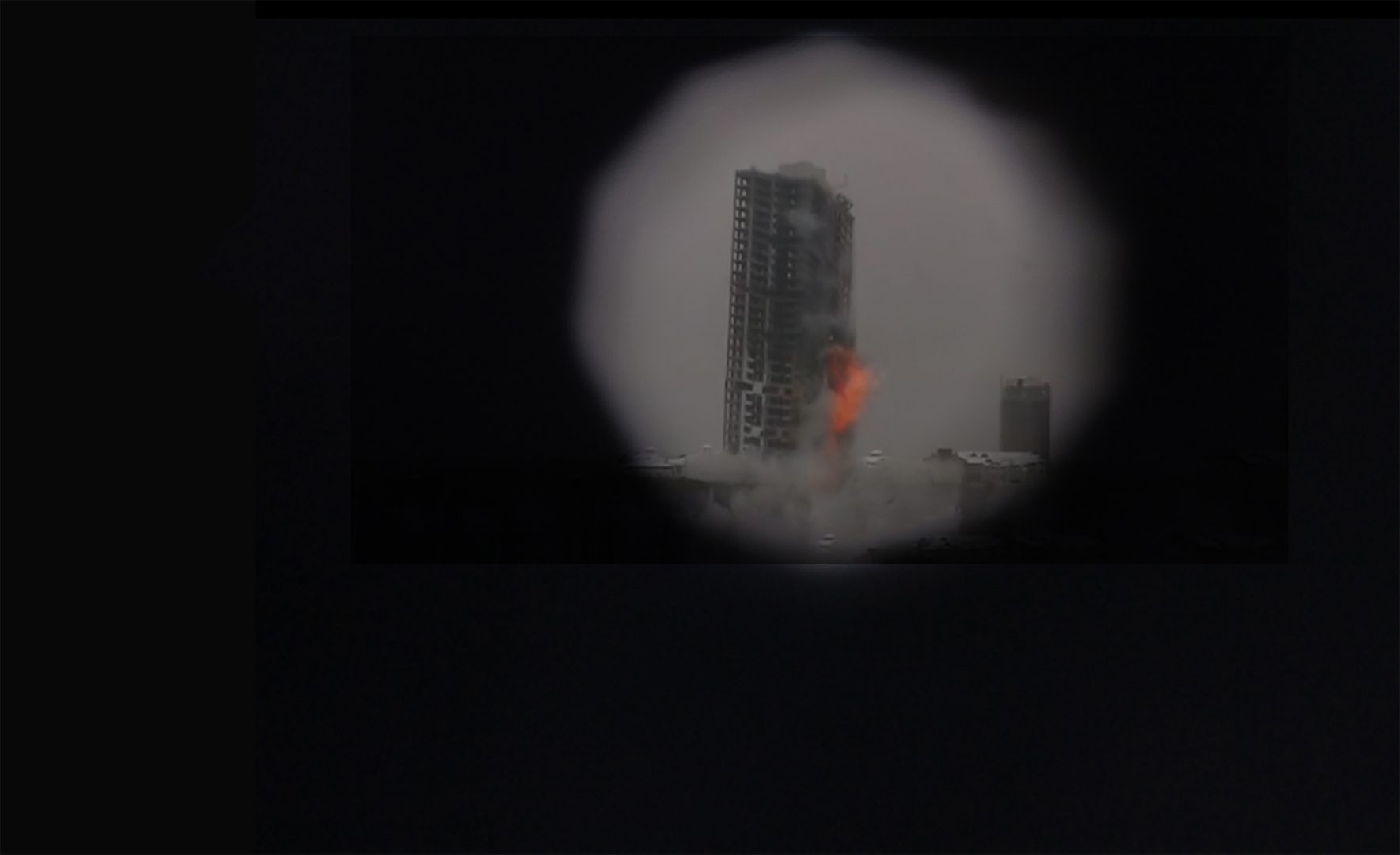The Open Call for the Social Art Award 2019 under the topic “We are the People – Peaceful Revolutions” was closed on December 15, 2019. We are very impressed by 558 submissions that were contributed by artists coming from 65 countries across all continents.
The winners of The Social Art Award 2019 are Narcissa Gold (USA), Melinda Mouzannar (Lebanon) and Bogna Grazyna Jaroslawski (Poland/Germany). The Honorary Mention goes to Kingson Kin Sing Chan (Hong Kong/UK).
Below you find the artworks, that passed the initial jury round. The public voting took place till 30 December and is a tool to give more public visibility to the topic and the artworks. It does not replace the final jury judgment. There were two wildcards for the most voted artworks that entered the final shortlist.
The focus diversity of applications shows that artists are active in the multi-faceted fields of socially engaged art reflecting on wars, genocides, femicides, traumata, violence against refugees, children, women, men, disabled people, LGBTIQs, animals. They share feelings for the planet and its living species, but also showing hopelessness due to complex crises be it climate change (e.g. in regard to water pollution), capitalism, corruption, a violation against human rights, nature, protected national parks. Many of the artists are constantly trying to give a voice to the poorest or empower unheard social groups.
It’s not only about peaceful revolutions, but it’s also about feeling a deep connection and showing love and respect for each other.
Thank you all for sharing your great and inspirational work and look at all the great contributions!
A Space In-between
Anahita Norouzi
open category
In this multimedia lecture-performance (video projection, text, cassette tapes, two photographs), I investigate the nexus between conceptions of the body and modes of repression at selected state institutions in my own country Iran, and the country I live now Canada. The narrative’s anchoring theme is the means of control and discipline that the state imposes upon citizens. Beginning with Berlin’s Sachsenhausen concentration camp in 1942, continuing through the Cold War period in the Allan Memorial Institute in Montreal in 1956, the story concludes in Tehran’s Evin Prison, where my father was detained as a political prisoner in 1974. Oscillating between memory and history, fact and fiction, and here and there, I re-narrate the crucial historical events that official histories perpetually seek to suppress and destroy. How can art catalyze change?: art can influence the way we think and act as individuals, thus as a society.
In this multimedia lecture-performance (video projection, text, cassette tapes, two photographs), I investigate the nexus between conceptions of the body and modes of repression at selected state institutions in my own country Iran, and the country I live now Canada. The narrative’s anchoring theme is the means of control and discipline that the state imposes upon citizens. Beginning with Berlin’s Sachsenhausen concentration camp in 1942, continuing through the Cold War period in the Allan Memorial Institute in Montreal in 1956, the story concludes in Tehran’s Evin Prison, where my father was detained as a political prisoner in 1974. Oscillating between memory and history, fact and fiction, and here and there, I re-narrate the crucial historical events that official histories perpetually seek to suppress and destroy. How can art catalyze change?: art can influence the way we think and act as individuals, thus as a society.



